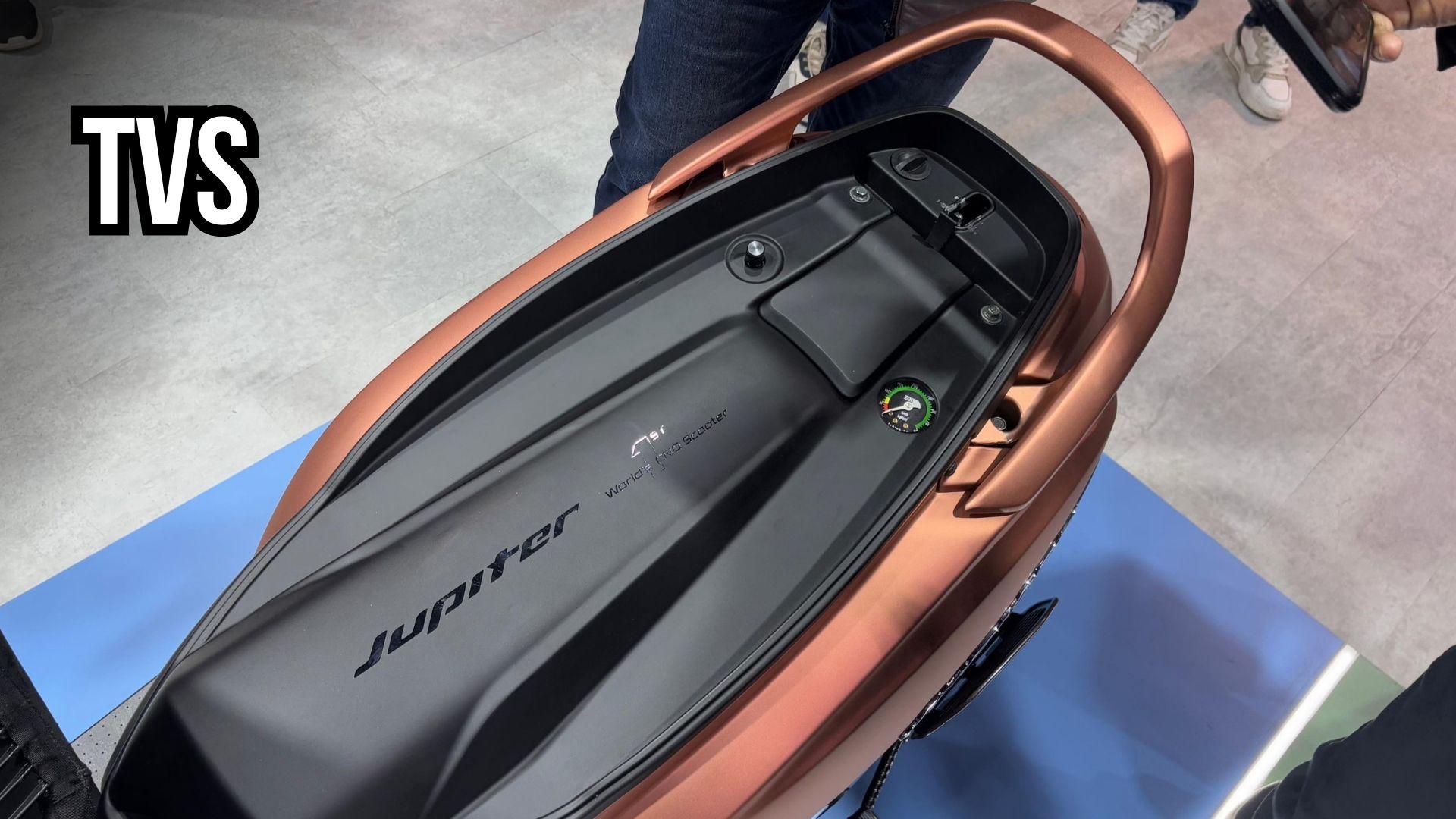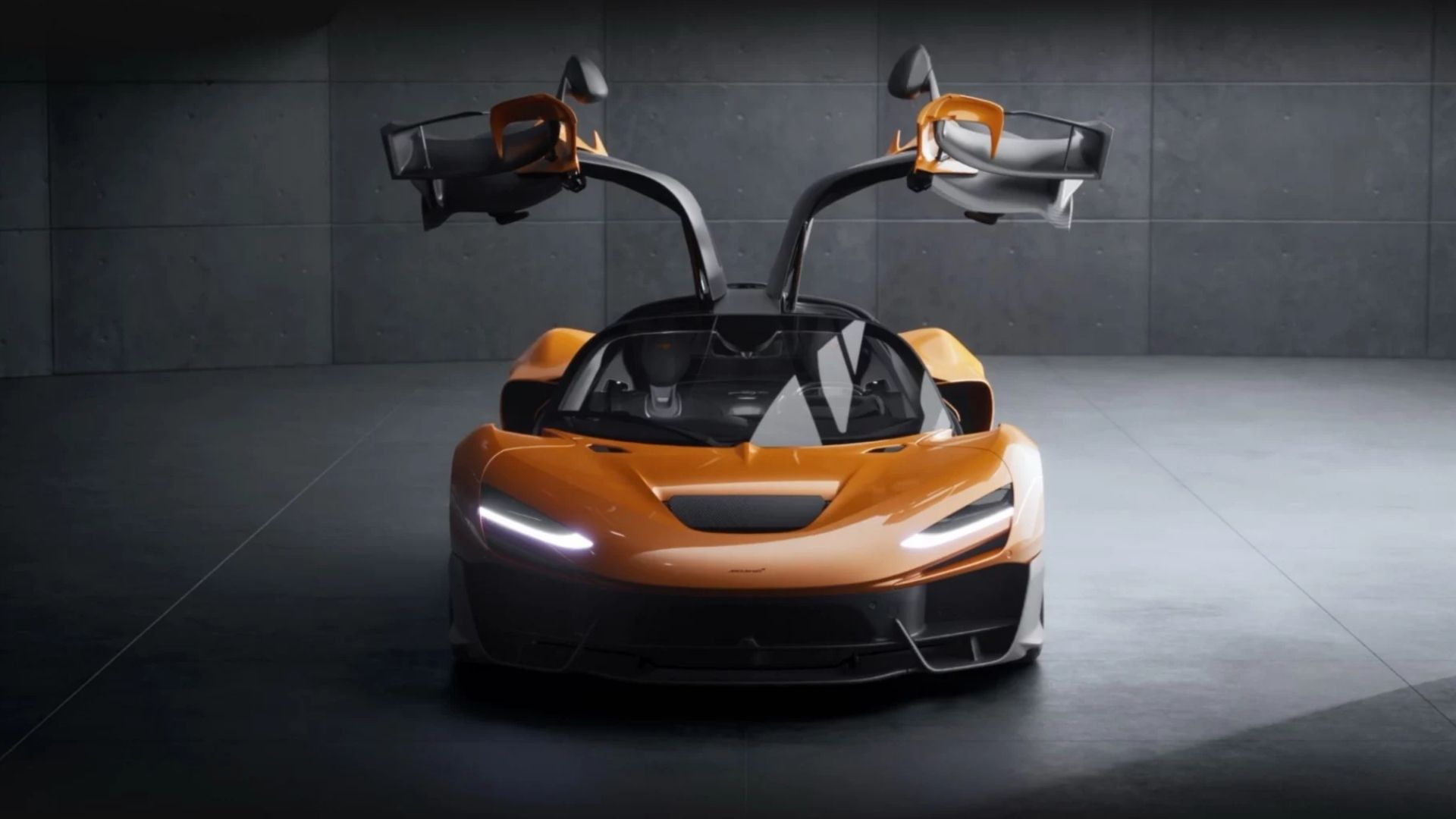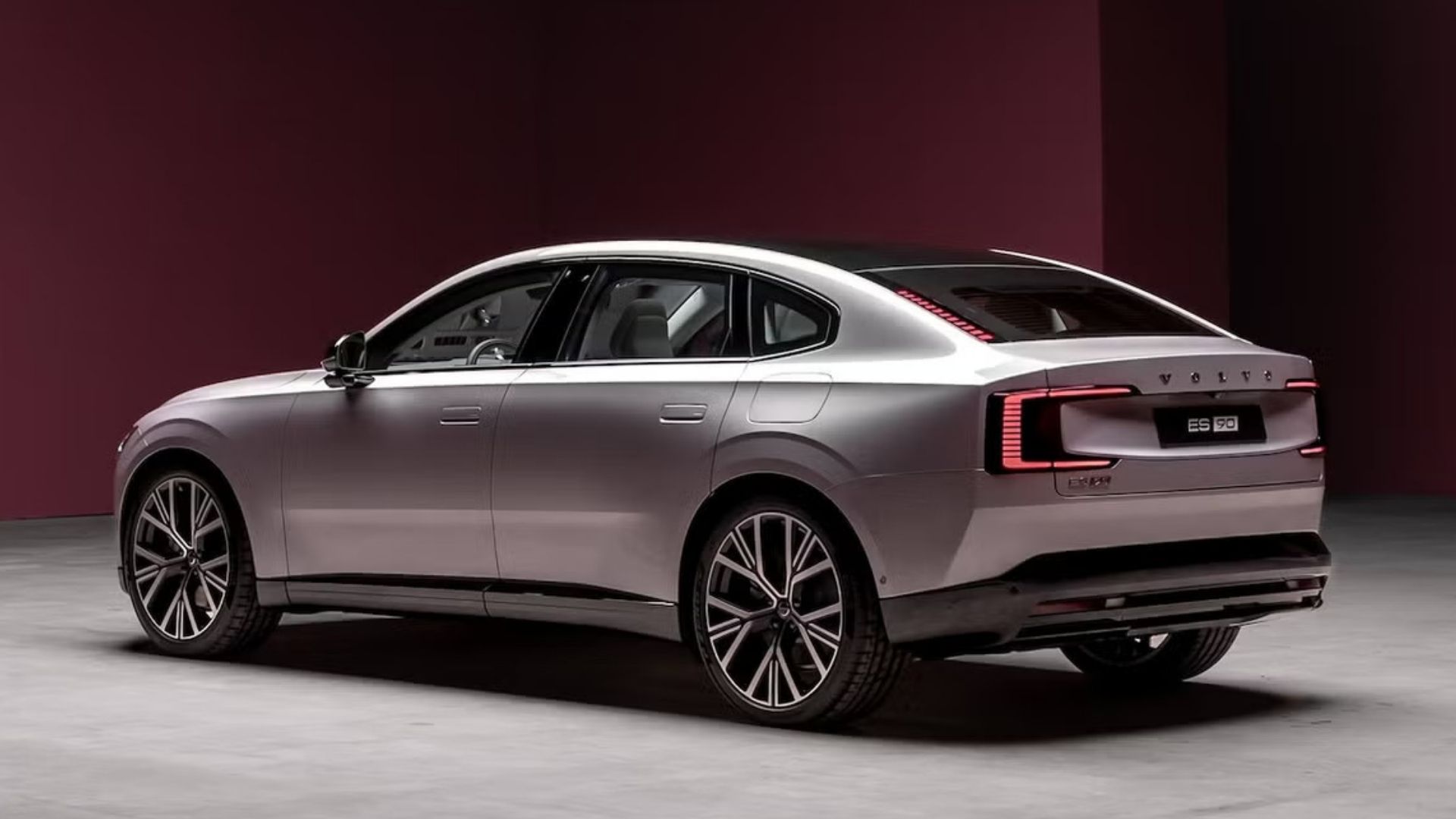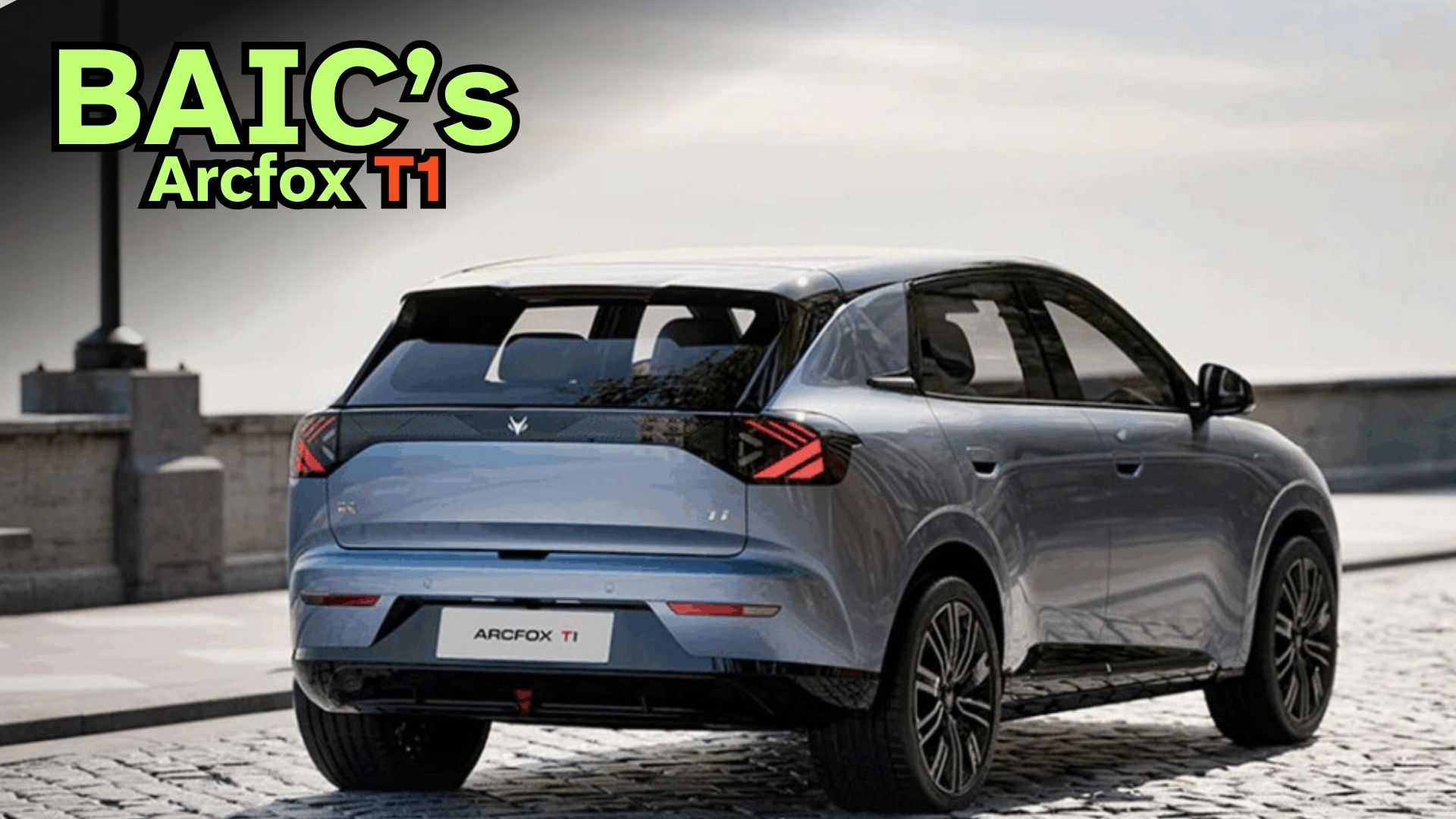After nearly two decades of thrilling enthusiasts and dominating both the streets and racetracks, Nissan has officially ended production of the legendary R35 GT-R. Produced at the automaker’s Tochigi plant in Japan, the final unit was a Premium Edition T-Spec finished in Midnight Purple, destined for a customer in Japan the last market where the car remained on sale. Although production has ceased, Nissan has already assured fans that the GT-R badge will not disappear forever, fueling anticipation for a successor.

The Birth of a Modern Icon
When the R35 GT-R made its global debut in 2007, it immediately disrupted the sports car industry. At launch in North America, the GT-R offered performance levels comparable to six-figure European supercars, yet carried a base price just under $70,000. This unique balance of affordability and capability cemented its reputation as a true performance bargain.
The R35 distinguished itself with several groundbreaking features for the era:
-
Dual-clutch transmission: Unlike Italy’s single-clutch units at the time, Nissan’s dual-clutch system provided lightning-fast shifts.
-
All-wheel-drive system: Offered unmatched grip and stability, particularly on corner exits.
-
VR38DETT engine: A hand-built, 3.8-liter twin-turbocharged V6 capable of producing supercar-level acceleration.
This combination of cutting-edge engineering and brute force performance made the GT-R stand apart. It was not only quicker than many exotic cars but also more approachable for everyday driving.
Summary Table
Key Details |
Information |
|---|---|
Model |
Nissan R35 GT-R |
Production Years |
2007 – 2025 (18 years) |
Final Production Location |
Tochigi Plant, Japan |
Final Model |
Premium Edition T-Spec in Midnight Purple |
Total Units Produced |
Nearly 48,000 |
Engine |
VR38DETT 3.8L Twin-Turbo V6 |
Transmission |
6-Speed Dual-Clutch |
Notable Features |
AWD system, supercar performance at affordable price |
Successor |
Rumored R36 GT-R (details unconfirmed) |
Official Site |
Production Legacy
Over its 18-year production run, Nissan built nearly 48,000 units of the R35 GT-R, making it the most widely produced GT-R model in history, surpassing even the beloved R32 Skyline.
A remarkable detail about the R35’s production is the craftsmanship behind its powertrain. Every single VR38DETT engine was assembled by one of only nine master technicians, often referred to as “Takumi.” This artisanal approach gave each GT-R a unique identity while maintaining world-class performance standards.
A Car That Changed the Industry
The GT-R was not just another high-performance sports car; it was a technological benchmark. Its blend of speed, engineering precision, and relative affordability influenced how manufacturers approached the supercar segment. Ferrari, Porsche, and Lamborghini were forced to rethink how much performance could be offered at different price points.
The GT-R quickly gained a reputation as a “giant killer,” taking down far more expensive cars in head-to-head battles. Enthusiasts often referred to it as a supercar slayer, capable of rivaling vehicles twice or even three times its price.
Nissan’s Farewell and Future Vision
To mark the end of production, Nissan’s leadership reflected on the GT-R’s impact. Ivan Espinosa, President and CEO of Nissan, expressed gratitude to the GT-R community while also hinting at a future revival.
“After 18 remarkable years, the R35 GT-R has left an enduring mark on automotive history,” Espinosa said. “Its legacy is a testament to the passion of our team and the loyalty of our customers around the globe. This is not a goodbye to the GT-R forever; it is our goal for the GT-R nameplate to one day make a return.”
Espinosa acknowledged that expectations for the next GT-R will be extremely high. The GT-R badge cannot simply be placed on any car; it must represent something truly special. While there is no official timeline for the next-generation model, Nissan has confirmed its commitment to evolving the GT-R brand for the future.
The Road Ahead: Rumors of the R36
Rumors of an R36 GT-R have circulated for years, though concrete details remain scarce. With the R35 now discontinued, speculation is growing that development of a successor could accelerate. Industry insiders suggest that the next GT-R may feature electrification, potentially through a hybrid or fully electric powertrain, in order to align with global sustainability goals and stricter emissions standards.
If history is any guide, Nissan may once again aim to redefine the segment by combining new technologies with the raw performance enthusiasts expect. However, the R35 will be a difficult act to follow. Its reputation, legacy, and near-mythical status among car fans set an incredibly high bar for any future GT-R.
Frequently Asked Questions (FAQ)
Q1: Why did Nissan discontinue the R35 GT-R?
A: The R35 had reached the end of its lifecycle after 18 years, and evolving industry standards, particularly regarding emissions and technology, made it necessary for Nissan to move forward.
Q2: What makes the R35 GT-R so special?
A: Its combination of advanced technology, hand-built twin-turbo V6 engine, dual-clutch gearbox, and relatively affordable price made it a performance bargain that rivaled far more expensive supercars.
Q3: Will there be a new GT-R?
A: Nissan has confirmed that the GT-R nameplate will return in the future, although specific plans for the R36 have not yet been revealed.
Q4: How many R35 GT-Rs were built?
A: Nearly 48,000 units were produced over its 18-year run.
Q5: What was the final version of the R35 GT-R?
A: The last production unit was a Premium Edition T-Spec in Midnight Purple, reserved for a Japanese customer.
For More Information Click HERE







